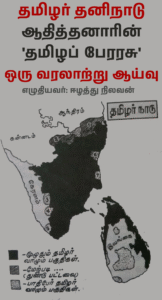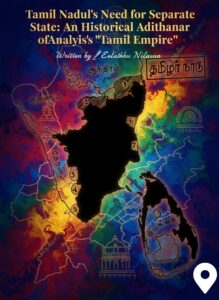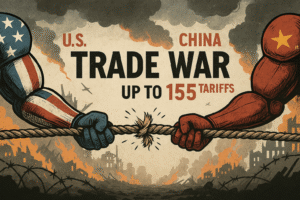✧. Introduction
The political journey of Eelam Tamils in Canada continues to reach new milestones. The by-elections held on September 29, 2025, in Toronto and Markham revealed two contrasting realities: in Toronto, Neethan Shan achieved a decisive victory, strengthening Tamil representation in Canada’s largest city council, while in Markham, vote-splitting between two Tamil candidates resulted in a lost opportunity. Together, these outcomes highlight both the potential and the challenges of Tamil political engagement in Canada.
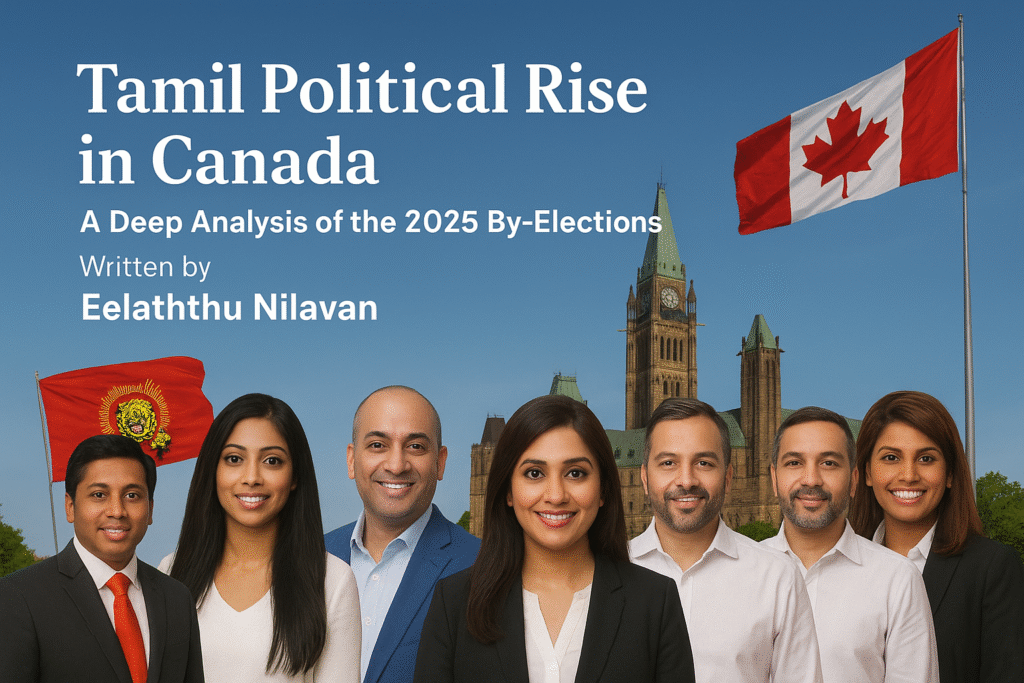
✦. Toronto — Ward 25 (Scarborough—Rouge Park)
● Neethan Shan — 5,174 (26.86%)

Winner
● Anu Sriskandarajah — 3,374 (17.58%)
● Shawn Allan — 2,834 (15.23%)
● Other Tamil Candidates: Sayan (1,441), Anitha (507).
● Total Candidates: 20
● Total Eligible Voters: 77,000+
● Voter Turnout: 19,260 (24.9%).
Neethan Shan, who narrowly lost in 2018 by just 154 votes, made a strong comeback this time. His long history of community organizing, union support, and visibility in education and municipal politics gave him an advantage. With this win, he joins Parthi Kandavel as the second Tamil on the Toronto City Council. For the first time in history, two Tamils now sit on Canada’s most influential municipal council.
✦. Markham — Ward 7
● Nimisha Patel — 2,954

Winner
● Killi Chelliah — 2,098
● Aranee Muruganantham — 2,055
● Total Candidates: 8
● Total Votes Cast: 8,183
● Voter Turnout: 22.3%.
Here, the numbers tell a striking story. Together, the two Tamil candidates received 4,153 votes (50.7%) — a clear majority. However, because the votes were split between Killi Chelliah and Aranee Muruganantham, Nimisha Patel secured victory with just under 3,000 votes. This is the second consecutive time that Tamils have lost this historically Tamil-dominated ward due to internal division.
✦. Statistical Insights
➊. Low Voter Turnout: Both ridings had under 25% turnout. Even in Tamil-heavy constituencies, many did not vote. This reveals a serious gap in mobilization.
➋. Vote Efficiency: In Toronto, Shan’s 5,174 votes were enough to secure first place in a crowded field of 20 candidates. Community consolidation worked.
➌. Vote Splitting: In Markham, the Tamil vote majority was wasted. One united candidate would have secured an easy win.
➍. Multi-Level Representation: Toronto’s Scarborough—Rouge Park now has Tamils in all four levels of governance — federal, provincial, municipal, and school board.
✦. Current Political Representation of Tamils in Canada
● Federal: Gary Anandasangaree (Minister, MP).
● Provincial (Ontario): Vijay Thanigasalam (Minister, MPP).
● Municipal: Neethan Shan & Parthi Kandavel (Toronto City Councillors).
● School Board: Anu Sriskandarajah (Trustee).
This creates a rare situation where one geographical region — Scarborough—Rouge Park — has Tamil representatives at every level of government. No other immigrant community in Canada currently holds this level of layered representation in a single area.
✦. Historical and Social Context
When Eelam Tamils first migrated to Canada in large numbers during the 1980s and 1990s, their priority was survival, education, and economic stability. Political participation came gradually, starting at the school board level and then moving to municipal and provincial contests.
Today, Canadian Tamils have transitioned from being refugees and new immigrants to becoming political power-holders and policy-makers. This evolution is not just about elections — it is about preserving Tamil identity, language, and culture while embedding Tamil voices into Canadian governance.
✦. Challenges and Opportunities Ahead
➀. Need for Unity: Markham’s loss is the clearest lesson — without a united Tamil candidate, victories will be handed to others.
➁. Boosting Turnout: Only 1 in 4 voters participated. Mobilizing youth, first-generation immigrants, and disengaged voters is critical.
➂. Candidate Training: A Tamil Political Academy could help prepare young leaders with the skills, networks, and strategies to contest effectively.
➃. Coalition Politics: Tamils must also form alliances with other immigrant and progressive groups to expand influence.
➄. Media Role: Tamil media should not just cover elections but actively promote civic education, debates, and long-term political literacy.
✦. Lessons from 2025
● Toronto shows the power of consolidation: Neethan Shan’s win is proof that Tamil unity and strategy can deliver real influence.
● Markham shows the danger of division: Tamil candidates collectively commanded the majority but lost due to internal competition.
● The twin lessons are clear: United we win. Divided we lose.
✦. Roadmap for 2026
With general municipal elections scheduled for 2026, Tamil communities must:
● Build an Election Coordination Council to select and support one candidate per ward.
● Run aggressive Get Out The Vote (GOTV) campaigns to raise turnout from 25% to at least 40%.
● Focus on data-driven campaigning by identifying low-turnout Tamil neighborhoods.
● Strengthen youth engagement through internships, campaign volunteering, and candidate pipelines.
✦. Conclusion:
The 2025 by-elections mark both a triumph and a warning. Neethan Shan’s victory makes history by giving Tamils greater municipal power in Toronto, but Markham’s loss demonstrates the high cost of disunity.
As 2026 approaches, the Tamil community must act decisively — with unity, vision, and strategy. If it succeeds, Canadian Tamils will not just participate in politics; they will shape it for generations to come.
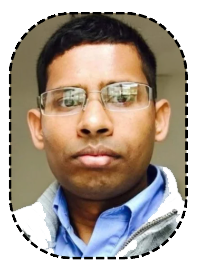
Written by: Eelaththu Nilavan
Tamil National Historian | World Politics, Economics & Military Analyst
30/09/2025

